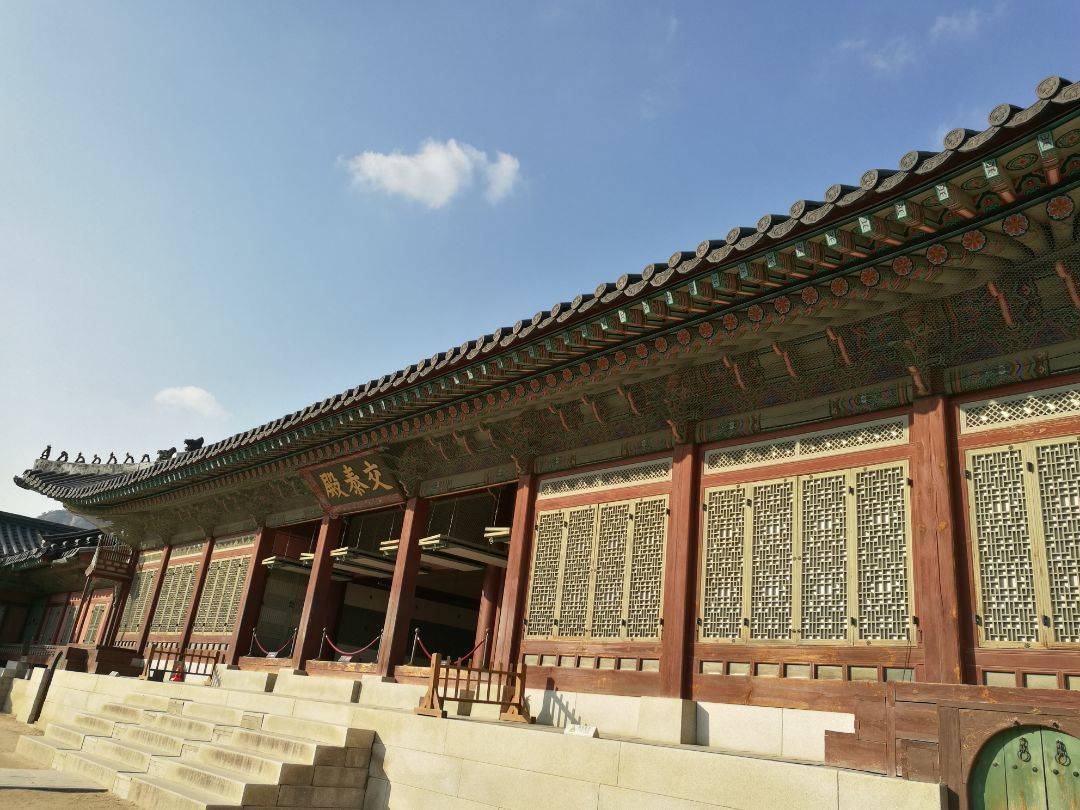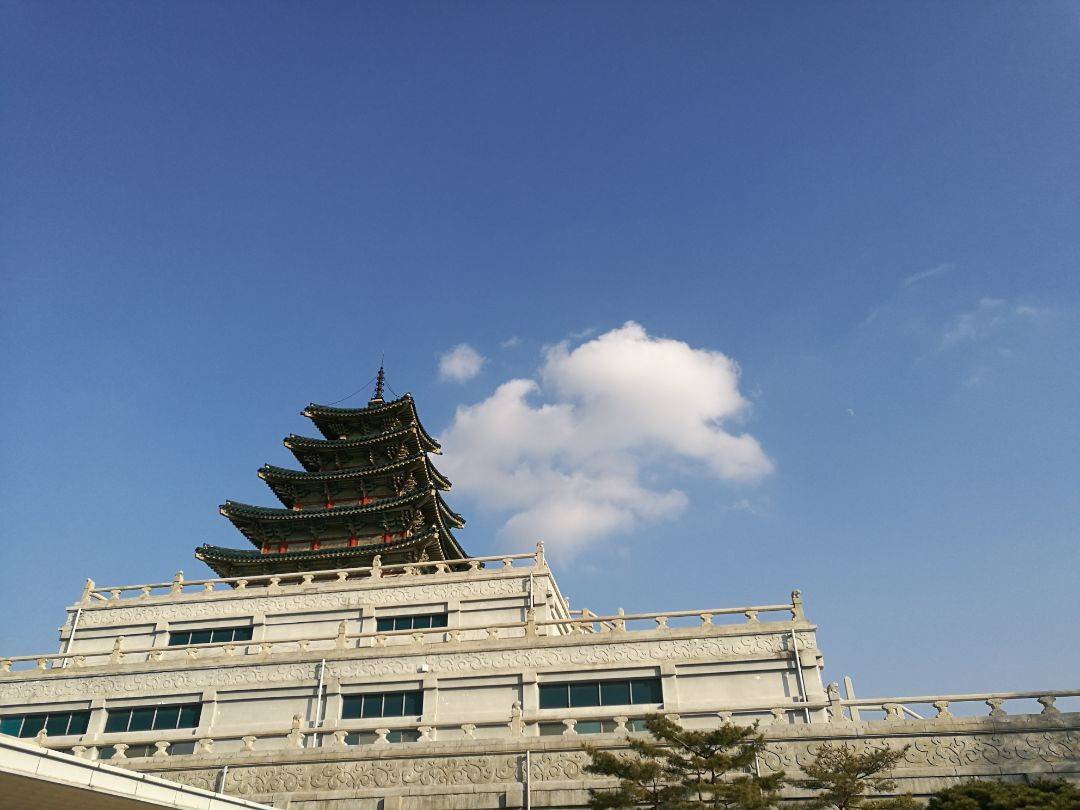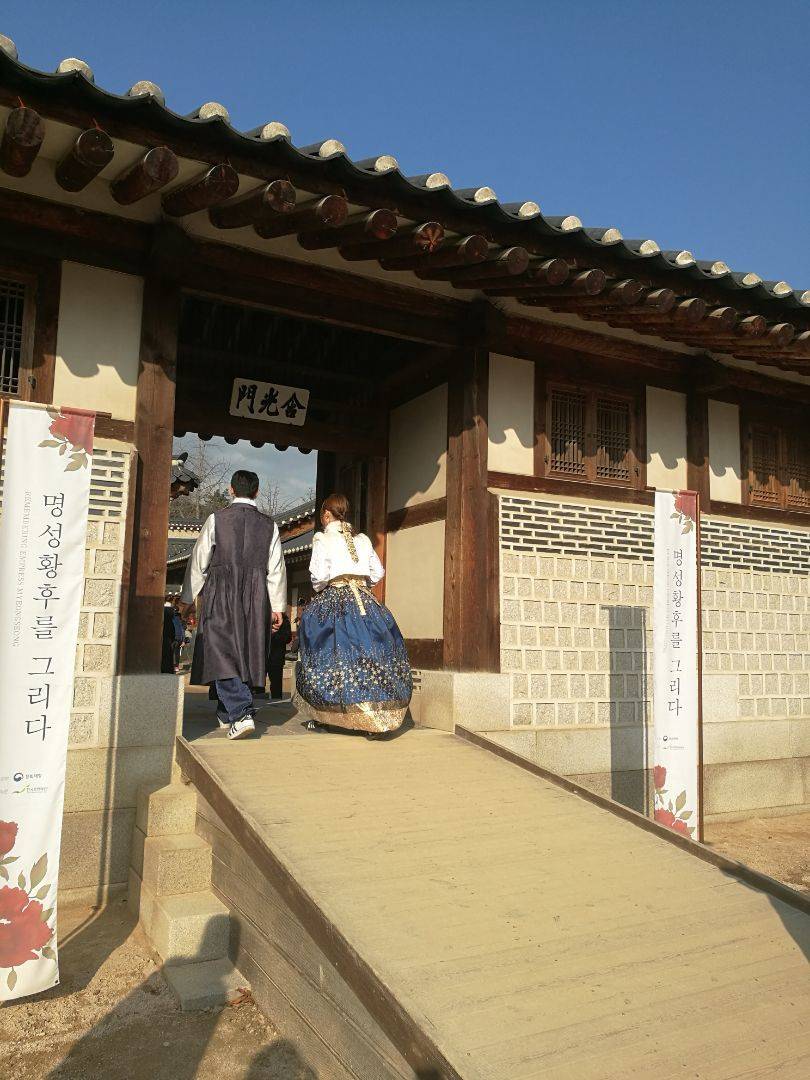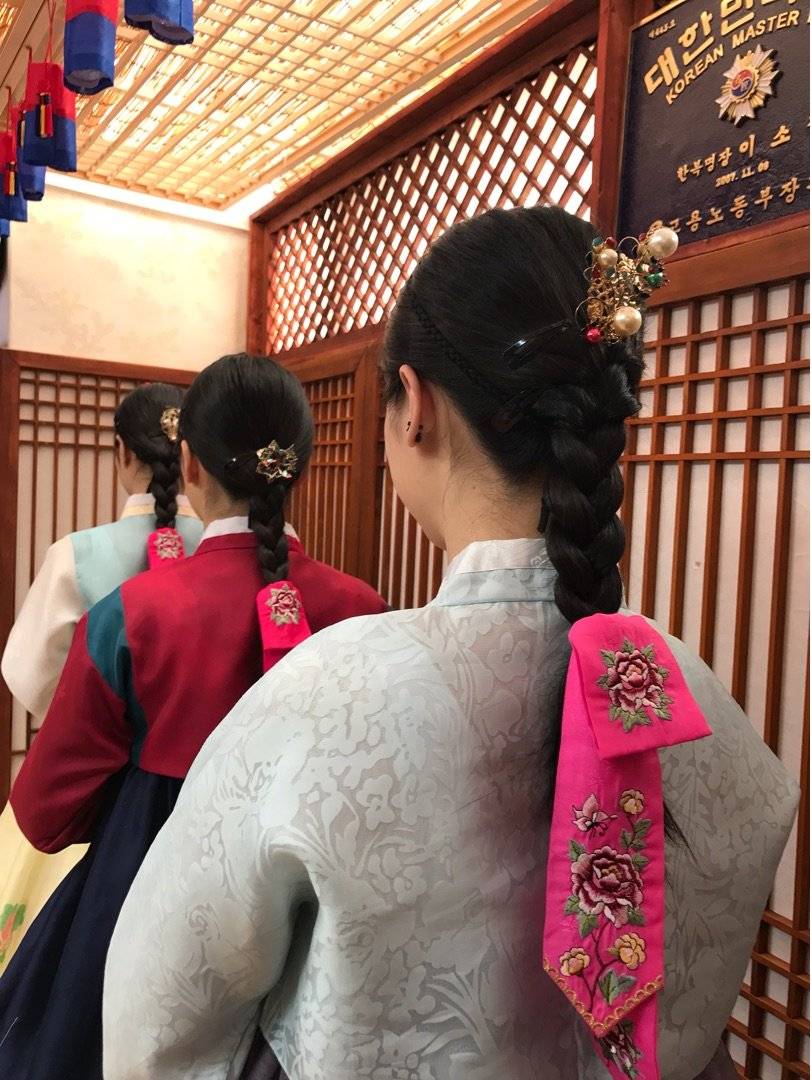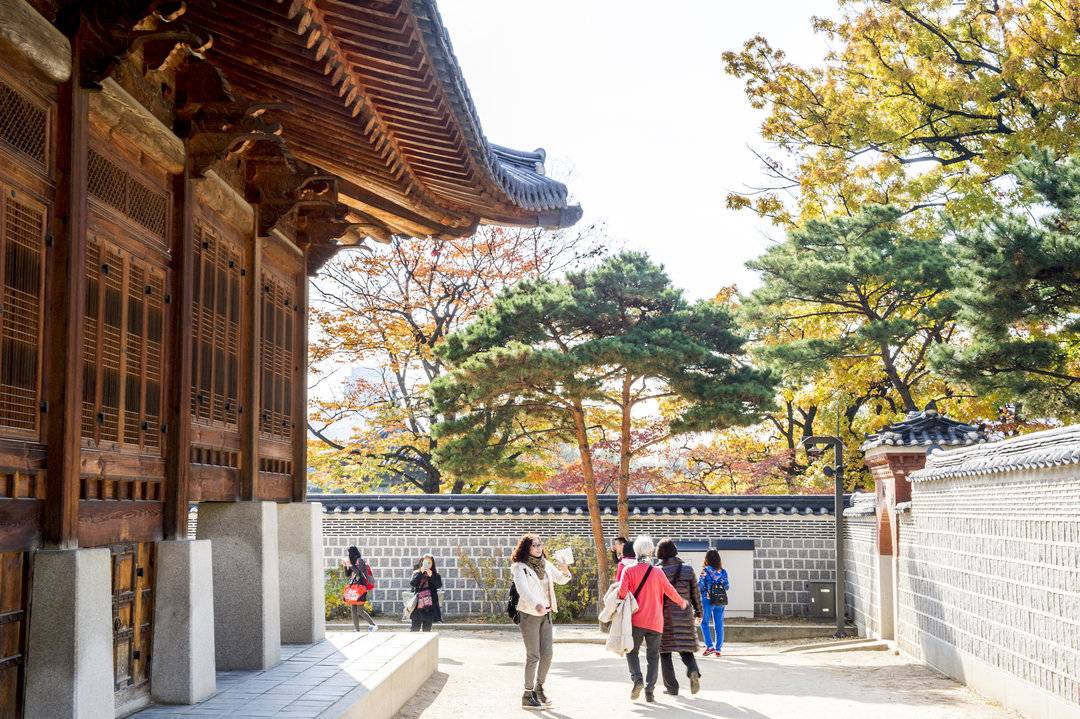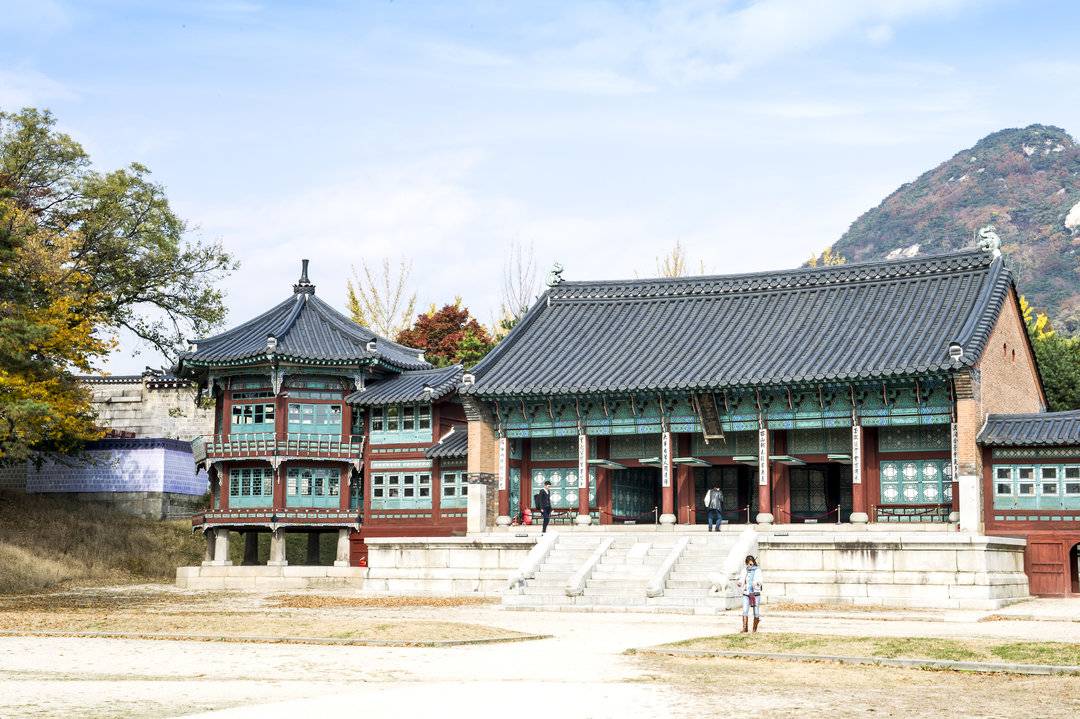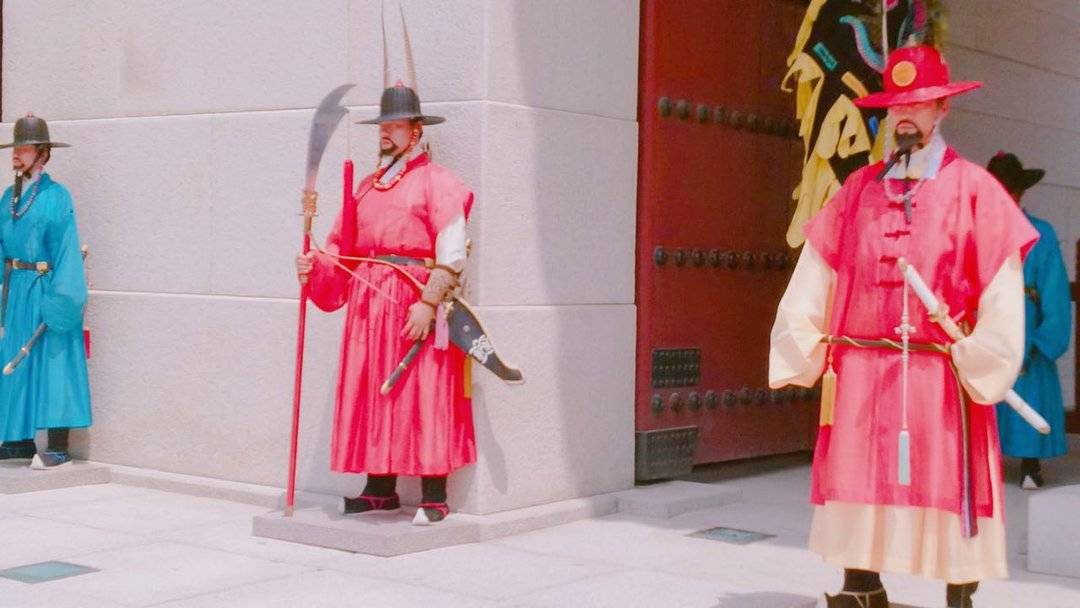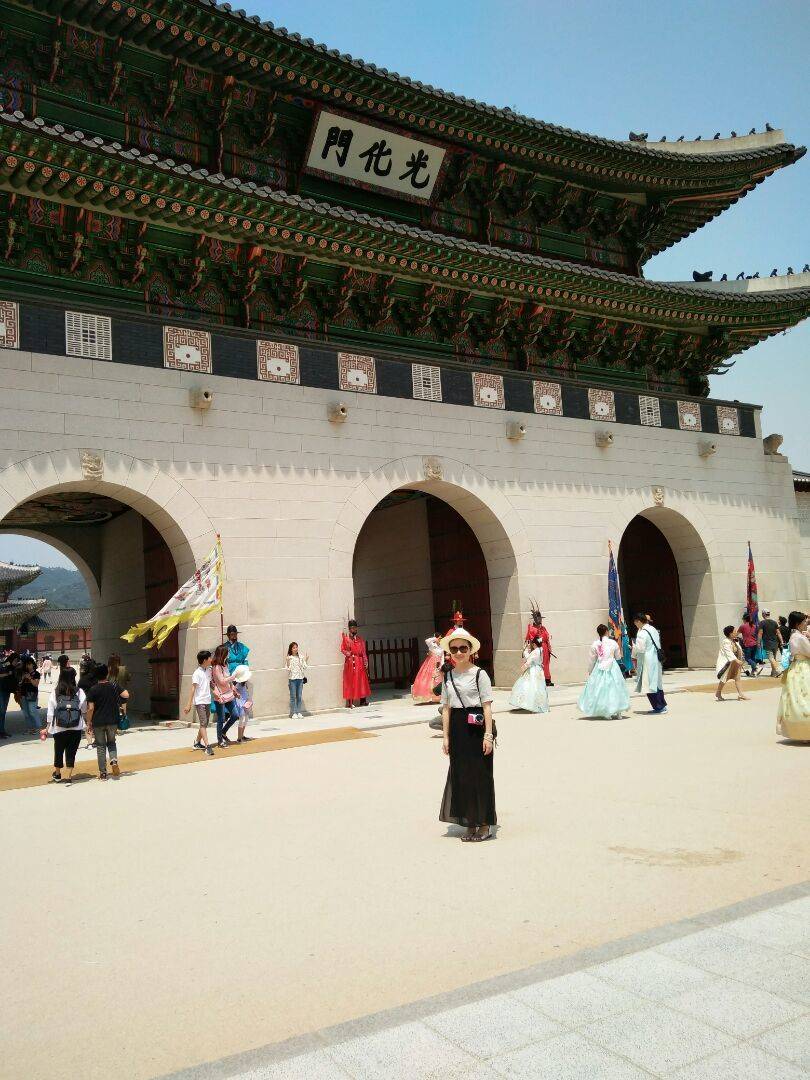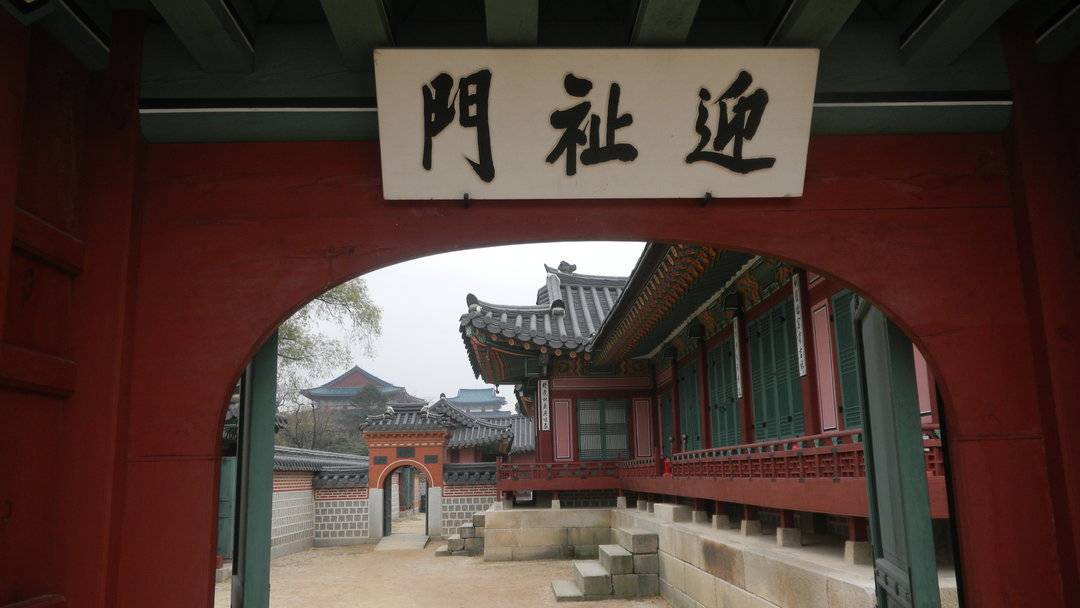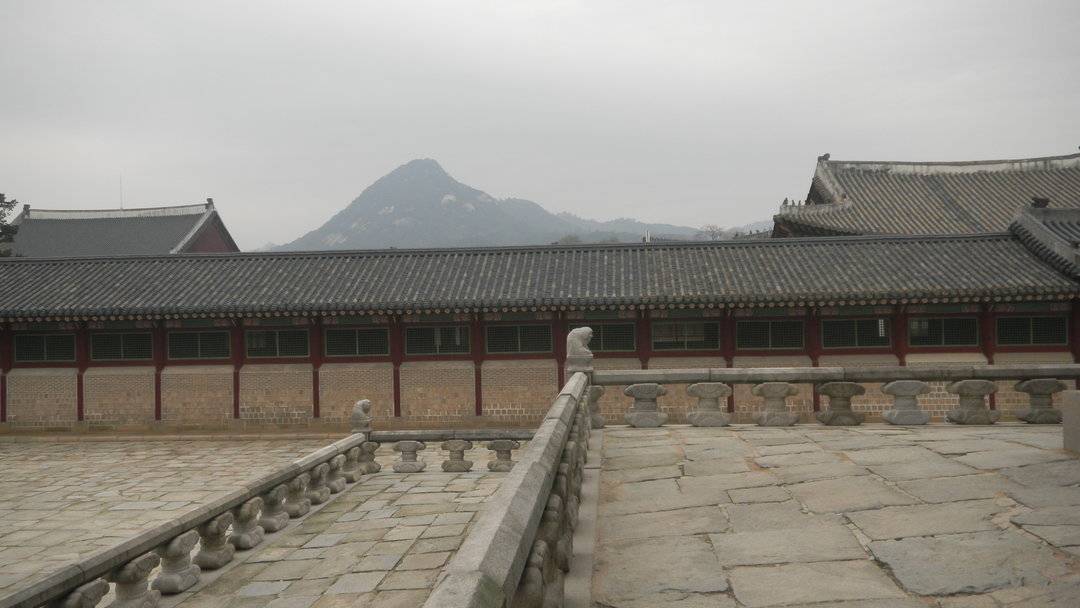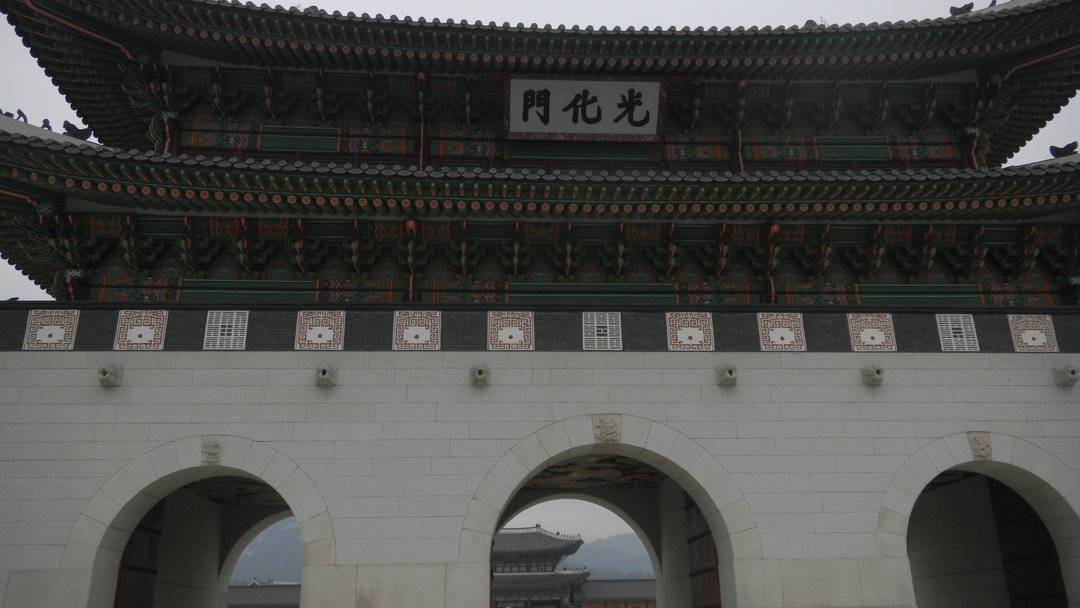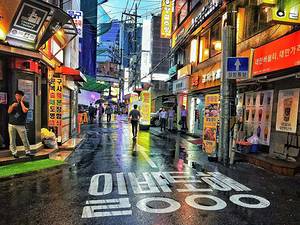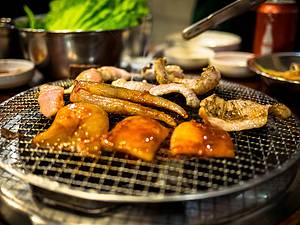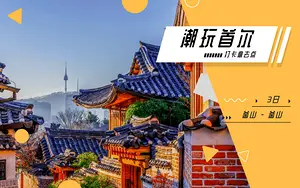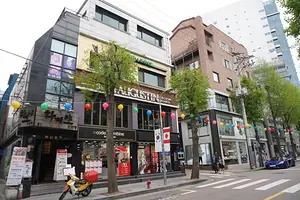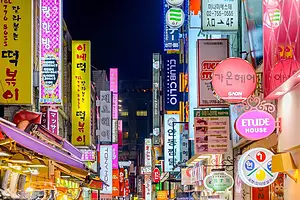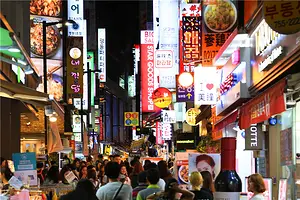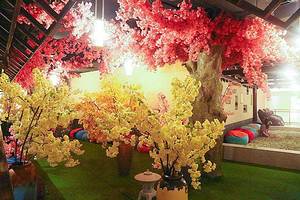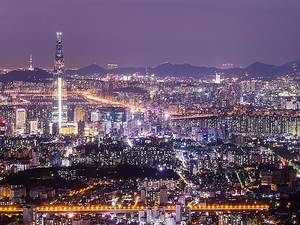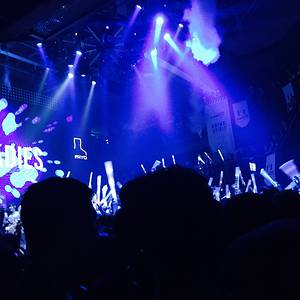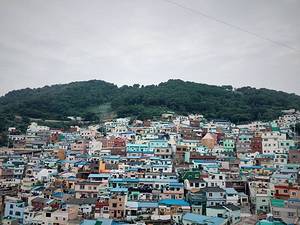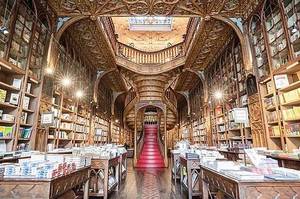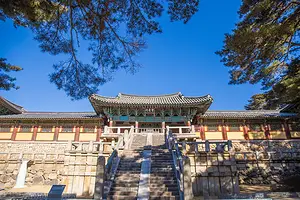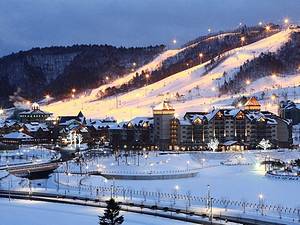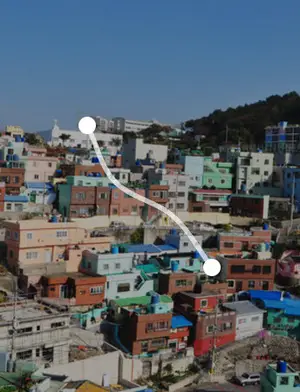Gyeongbok Gung, A serene palace with a blend of tradition and nature
22 Sajik-ro, Jongno-gu, Seoul, South Korea
3.9
Introduction
Gyeongbokgung Palace is the first palace built in the early days of the Joseon Dynasty, with a history of 600 years. It was once a grand palace and now showcases delicate beauty. Gyeongbokgung Palace is the largest of the Five Grand Palaces and features unique architecture such as Geunjeongjeon Hall and Gyeonghoeru Pavilion. In addition, there are the National Palace Museum and the National Folk Museum where visitors can explore and experience. Gyeongbokgung Palace is open to the public and there is a ticket office at the entrance of Gwanghwamun. Visitors can also watch the Changing of the Guard ceremony and take photos with the guards, immersing themselves in Korean classical culture.
The name Gyeongbokgung means "great blessings and prospering the nation," reflecting the early aspirations of the Joseon Dynasty. It was completed in 1395 and at its peak had over 390 buildings. During the Japanese invasion in the late 16th century, Gyeongbokgung Palace was burned down and remained abandoned for 273 years. It was restored during the reign of King Gojong but suffered significant damage during the Japanese colonial period, with some buildings demolished and replaced by the Government-General Building. After Korea's independence, Gyeongbokgung Palace gradually underwent restoration, with the completion of the restoration project of Gwanghwamun Gate in 2010. There are also guided tours available in Chinese, departing from the inside of the Geunjeongmun Gate at four designated times. Address 22 Sajik-ro, Jongno-gu, Seoul, South Korea
Opening hours March to October: Monday, Wednesday to Sunday: 9:00-18:00 (entry prohibited after 17:00)
November to February: Monday, Wednesday to Sunday: 9:00-17:00 (entry prohibited after 16:00)
Transportation Exit 2 of Gwanghwamun station (Line 5), then walk for 10 minutes. Exit 5 of Gyeongbokgung station (Line 3), then walk for 5 minutes.
 I feel that traditional Korean architecture is similar to that of China
I feel that traditional Korean architecture is similar to that of China